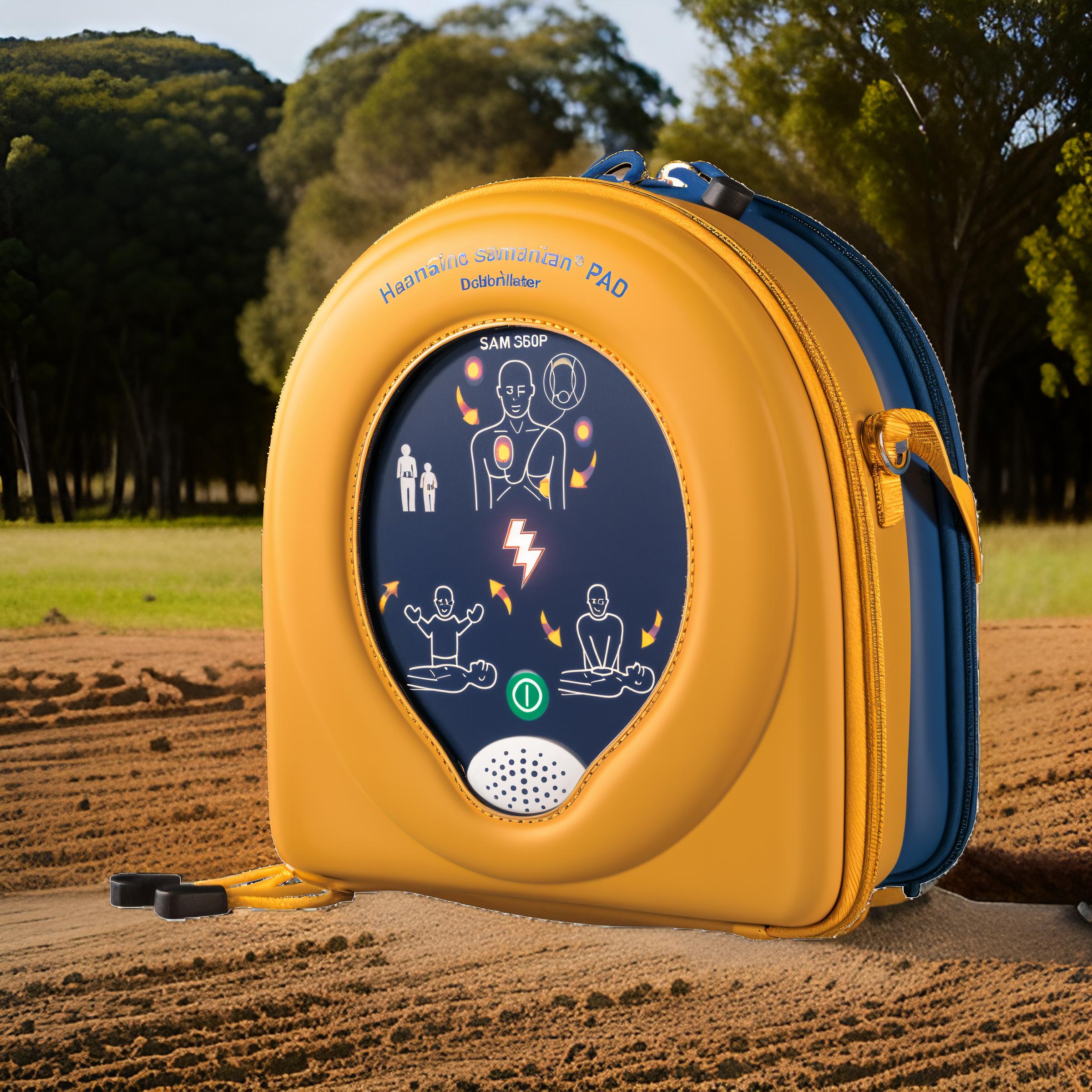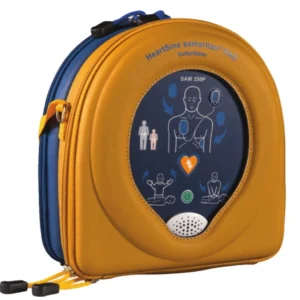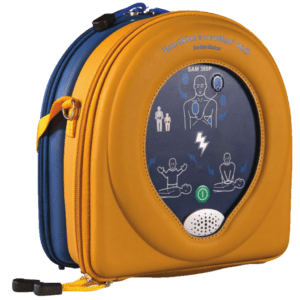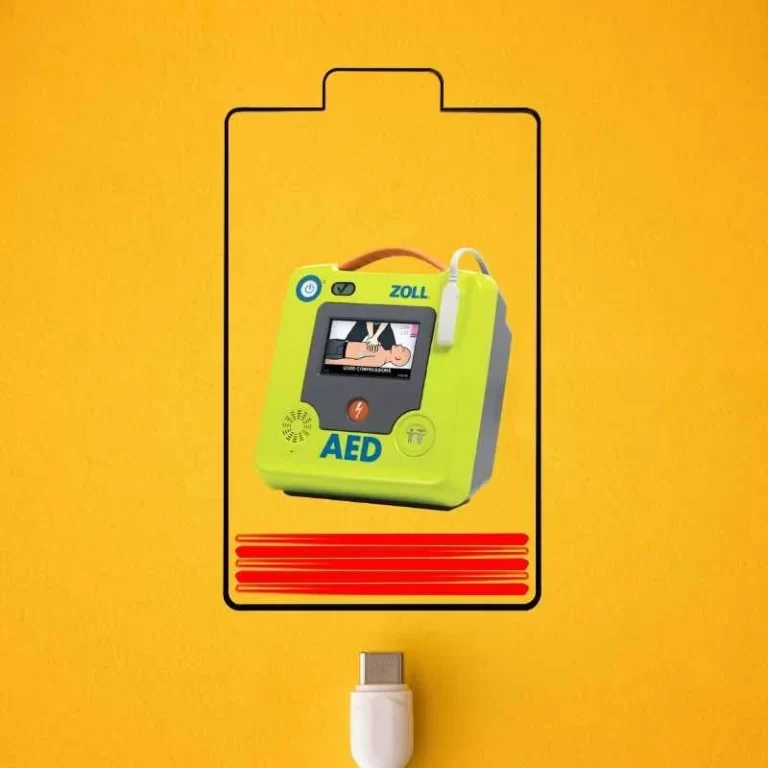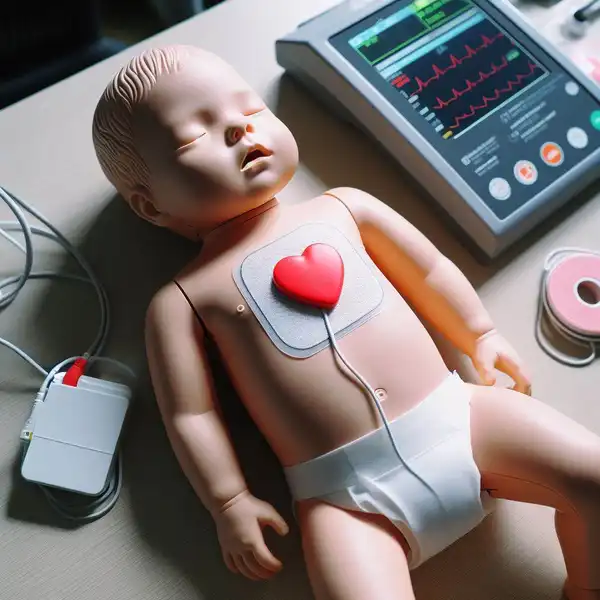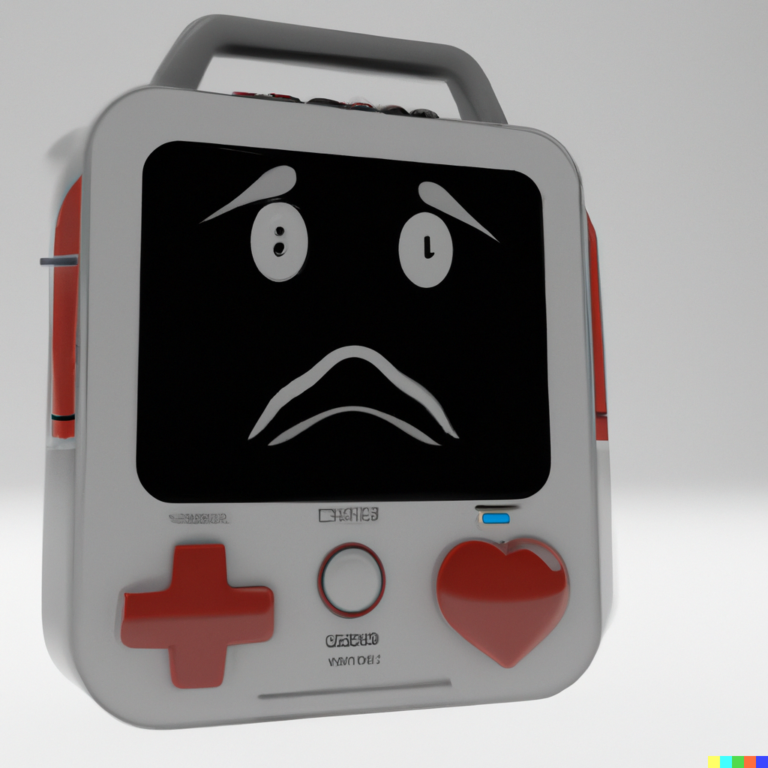Twins with a Difference: HeartSine 350P vs. 360P
Key Takeaway: The HeartSine 350P and 360P are essentially the same AED, with one key difference: the 350P is semi-automatic, requiring you to press a button to deliver a shock, while the 360P is fully automatic, delivering the shock on its own.
They’re popular: On your Defibrillator journey you’ll have definitely seen the HeartSine Samaritan 350P and 360P. If you’re wondering what the difference is: I hate to break it to you—these two are practically twins. The only real difference? One likes to ask permission before taking action, and the other just goes for it.
The Basics: Same Same, But (Slightly) Different
Both the HeartSine 350P and HeartSine 360P are designed to do one thing: save lives in the event of sudden cardiac arrest (SCA). They’re compact, lightweight, and ridiculously easy to use. They walk you through the entire process with voice prompts, making them perfect for workplaces, gyms, and anywhere else you might need a hero in a box.
Now, let’s get to the big (tiny) difference:
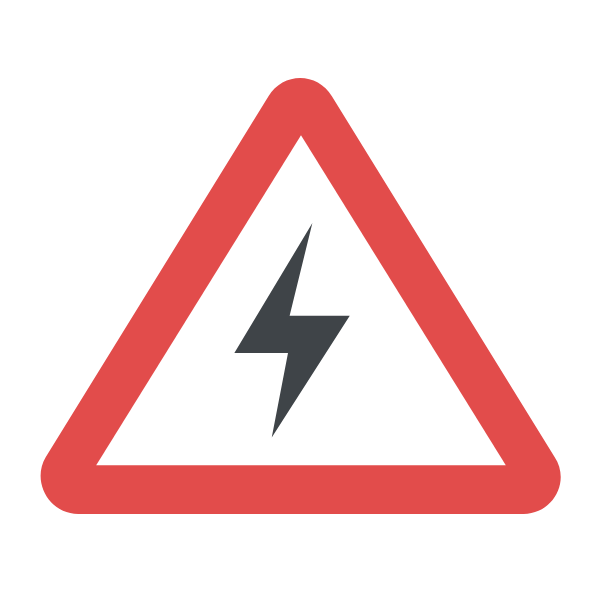
- HeartSine 350P (Semi-Automatic): This one’s polite—it analyzes the heart’s rhythm and, if a shock is needed, asks you to press a button to deliver it.
- HeartSine 360P (Fully Automatic): This one’s got no chill—it assesses the heart’s rhythm and, if a shock is needed, delivers it automatically.
That’s it. That’s the whole difference.
How They Work (For Both Models)
Using either of these devices is easier than assembling IKEA furniture (and way more likely to save a life). Here’s the basic rundown:
- Turn it on. Hit the power button. The device will start talking to you—just listen.
- Follow the prompts. Place the electrode pads on the person’s chest as shown in the diagram (seriously, don’t overthink this part; the pictures make it foolproof).
- Heart rhythm analysis. The AED does its thing and decides if a shock is needed.
- Shock time:
- If you have the 350P, you’ll hear a prompt to press the button to deliver the shock.
- If you have the 360P, the device will take care of that part automatically.
- CPR guidance. After the shock (or if no shock is needed), it’ll guide you through performing CPR until help arrives.
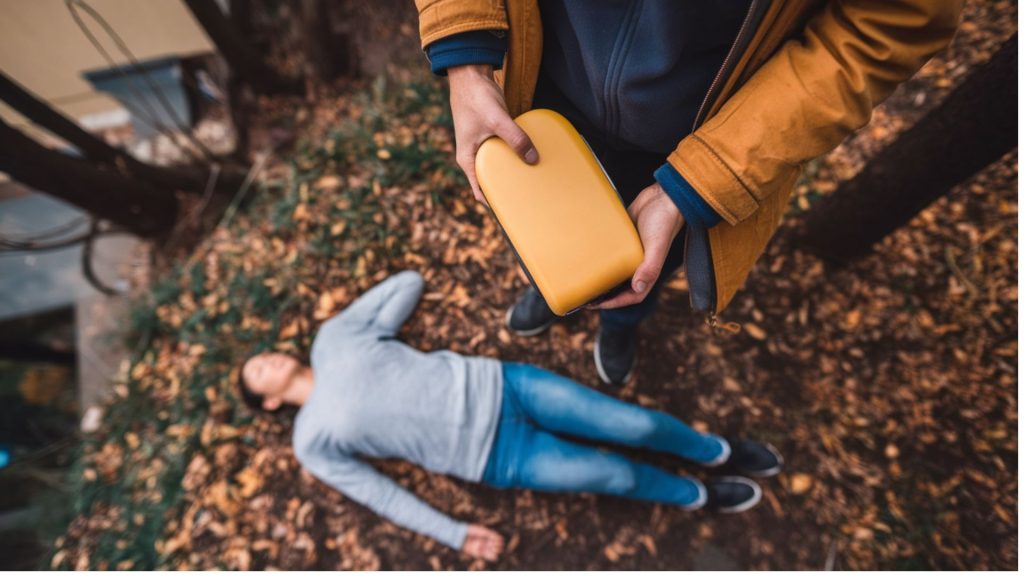
Automatic vs. Semi-Automatic: Which One’s for You?
While both devices are life-saving rockstars, there are a few reasons why you might prefer one over the other:
- Noisy environments: If you’re in a loud setting like a factory, concert, or construction site, the 350P gives you control over when the shock is delivered—ensuring no one is accidentally touching the patient at the wrong moment.
- Hands-free operation: In a high-stress situation, the 360P eliminates the extra step of pressing a button, which can be helpful if responders are panicked or unsure.
- Control freaks vs. minimalists: If you like having the final say in when a shock is given, go for the 350P. If you’d rather let the machine do its thing while you focus on CPR, the 360P is your best bet.
Why HeartSine?

Both models are part of DDI Safety’s lineup of top-tier AEDs, and here’s why they’re awesome:
- Super portable. Small, lightweight, and easy to carry.
- Durable. Water-resistant and built to withstand tough environments.
- Easy maintenance. A single Pad-Pak combines the battery and electrodes into one replaceable unit—no separate battery replacements to worry about.
The Verdict
If you were expecting a heated rivalry, sorry to disappoint. Whether you choose the 350P or 360P, you’re getting a high-quality, life-saving device that’s simple to use and incredibly effective. So pick the one that fits your style, and know that you’re making a solid choice either way.
Now go forth and be the hero someone might need one day!

